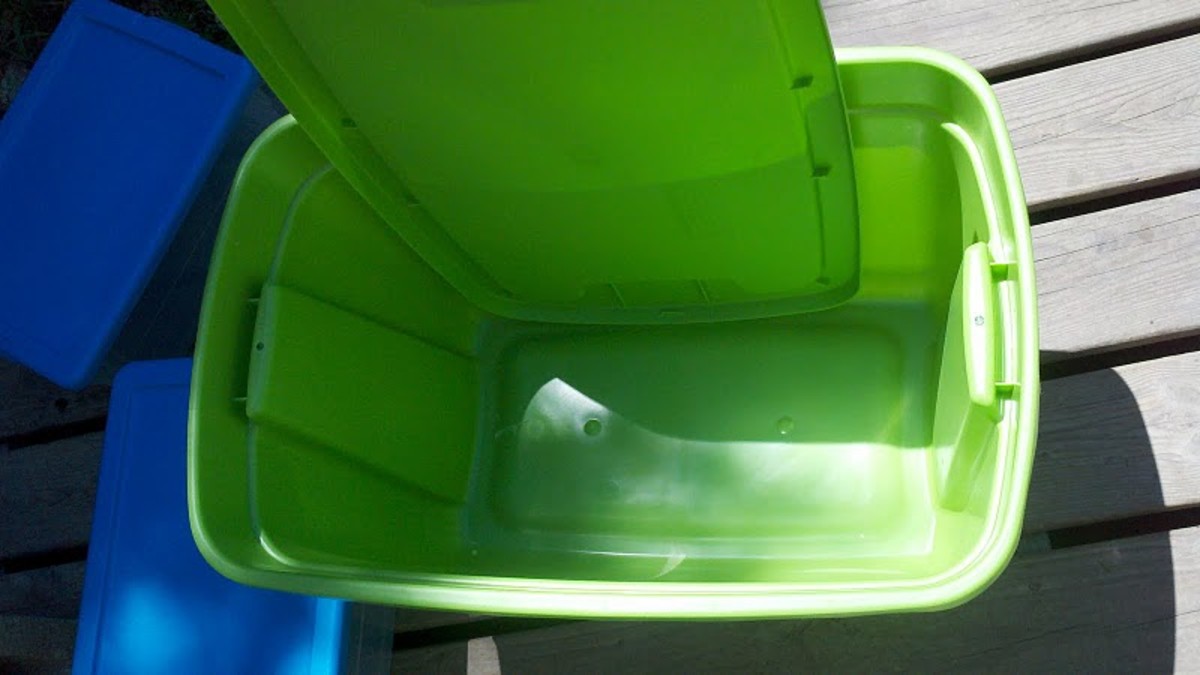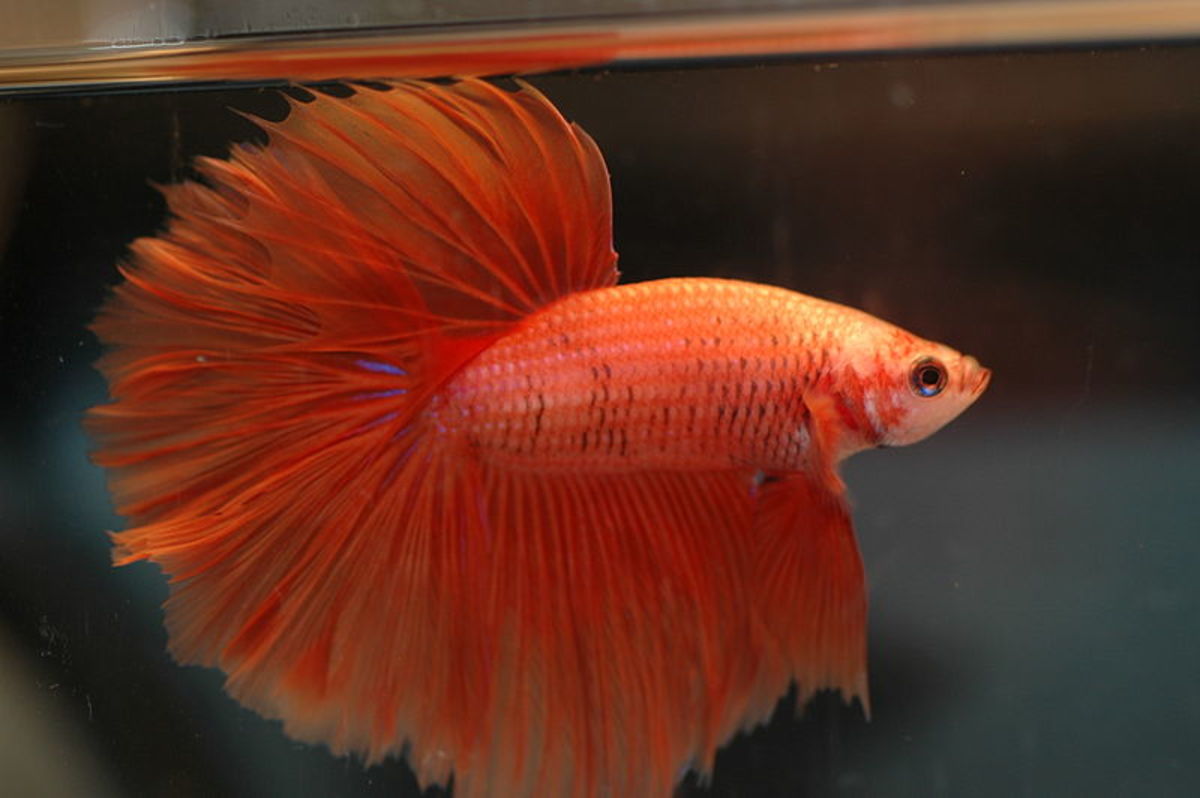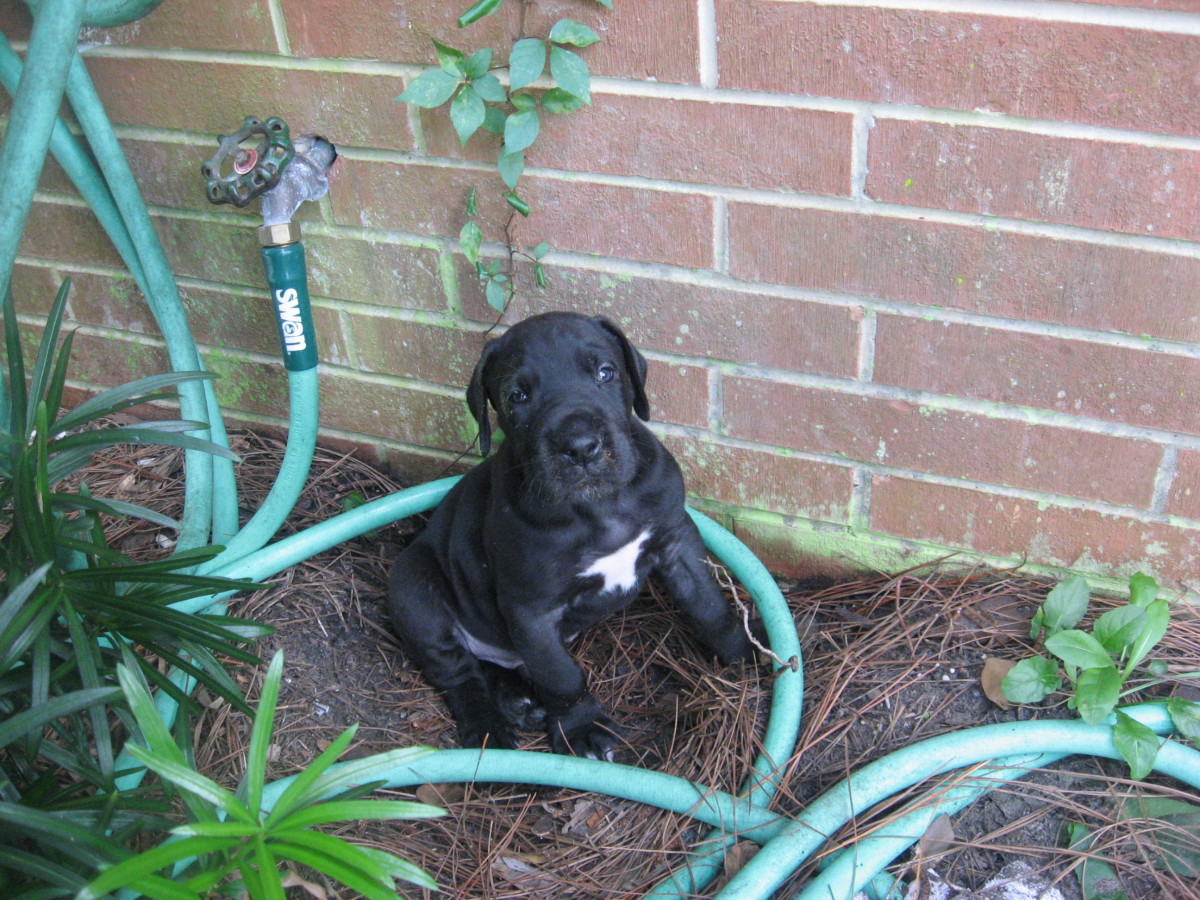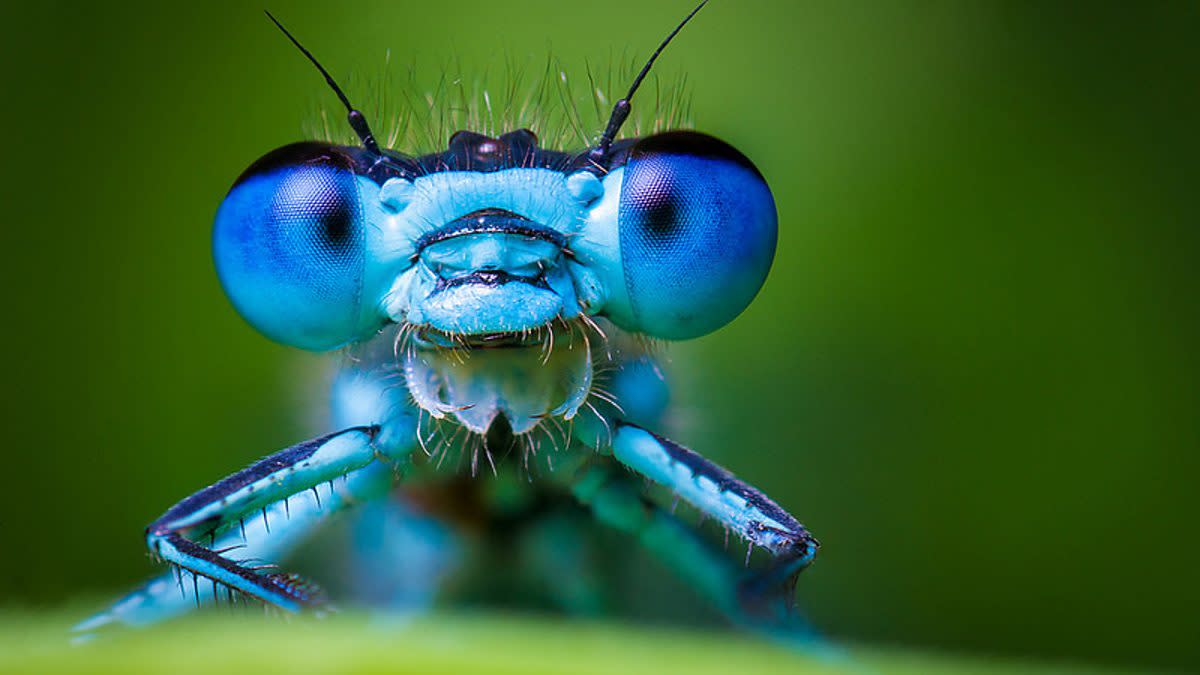- HubPages»
- Education and Science»
- Life Sciences»
- Entomology
Breeding and Raising for Superworms
Superworm
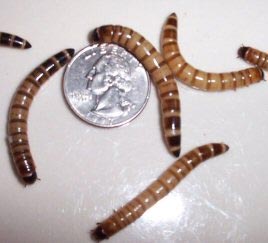
Raising Superworms
Superworms are a worms that are approximately 2" long. They are very popular feeder for reptiles.
These worms are naturally large and have no growth hormones unlike the giant mealworm. The total life span for a superworm is a little over a year from egg to beetle.
These worms have hard exoskeletons, so as a staple diet, superworms can create impaction concerns in smalelr reptiles. Superworms should only be provided for larger reptiles.
Materials for Breeding Superworms
- Plastic storage containers
- Bedding
- Superworms
Basic Setup for Breeding Superworms
Superworms can be placed in the plastic storage container at least 5" tall, so that they cannot climb out, because they will climb. You must place sufficient bedding in the container before you add the superworms, without sufficient bedding, superworms will chew out of the plastic, which means you cannot use cheap plastic containers.
Like mealworms, the basic setup of superworms, is very simplistic.
As for heating, the best temperatures are in the mid 70s to the low 80s. Temperatures that are too high or too low, will kill them.
DO NOT put superworms in the refrigerator.
As for the diet of a superworm, they will eat about anything. Wheat bran of a highly nutritious gutload should be provided, either as pure bedding or blended in with the bedding. Commercial gutload can be found at Pro Geckos, Cricket Food, and Worm Man. Also, provide fresh vegetables like carrots and potatoes.
The fresh vegetables provide the superworms with a great source of moisture. If you do not provide enough moisture, they will begin to eat each other.
Breeding Superworms
Similar to mealworms, superworms pupate into little "aliens." Some say that superworms need to be placed individually in order to pupate.
The worms become large enough to pupate around 5 months old. Choose the largest worms to pull out. Place these worms, separately, in small, dark containers. Film containers work just fine.
The "aliens" will morph into beetles. Place the beetles together and they will reproduce. You will have baby superworms in no time.


